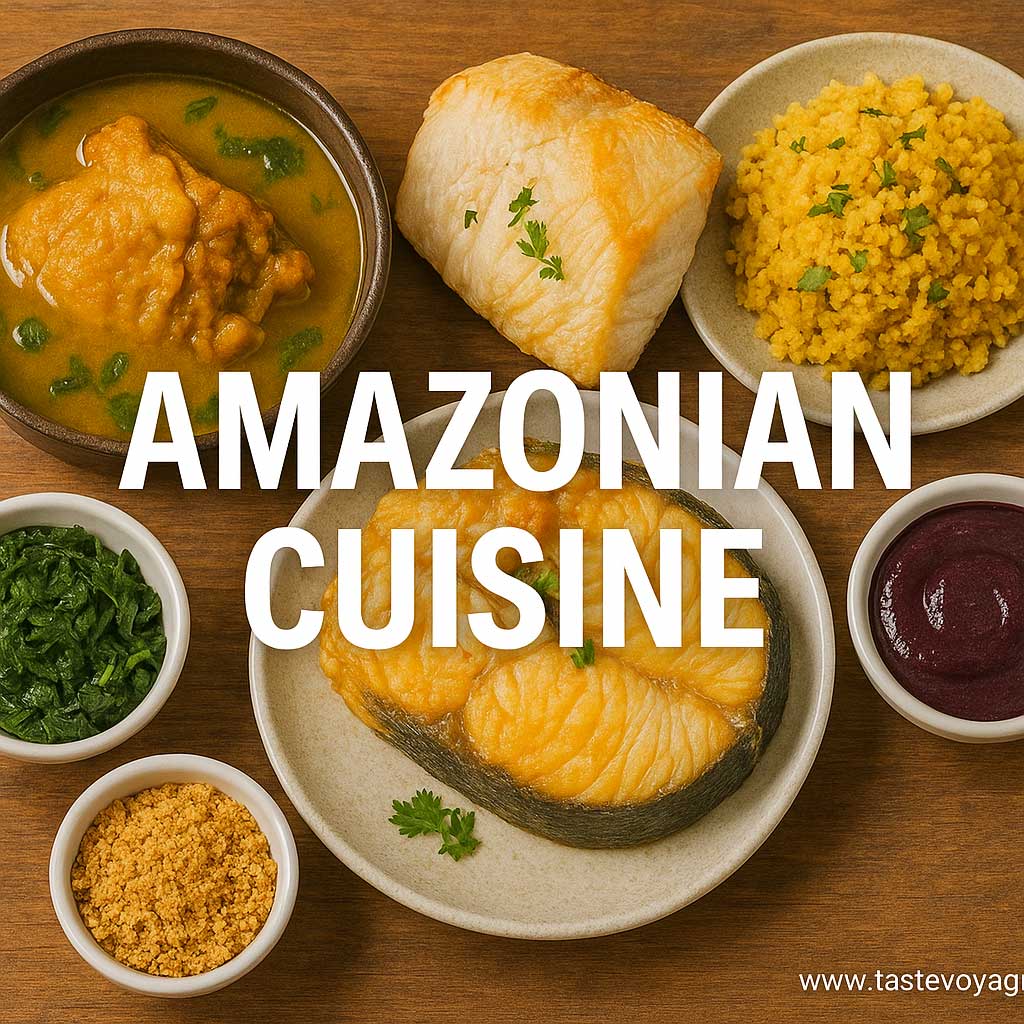Jambu Recipe: Amazonian Numbing Herb Delight
Travel the World Through Food >> Amazonian Cuisine>>Brazilian Cuisine>> Jambu Recipe: Amazonian Numbing Herb Delight
Jambu Recipe: Amazonian Numbing Herb Delight
Jambu Recipe: Amazonian Numbing Herb Dish
An Introduction to Jambu and Its Cultural Roots
Jambu, also known as the Amazonian Numbing Herb, is a remarkable ingredient celebrated for its unique sensory qualities and deep cultural significance. Originating from the lush rainforests of South America, particularly the Amazon basin, jambu has been cherished for generations by indigenous communities. Its distinctive numbing sensation on the palate makes it a standout in culinary traditions, offering an experience that is both refreshing and intriguing.
This herb is more than just a flavoring; it embodies a profound connection to nature and traditional knowledge. Through centuries, local communities have incorporated jambu into their daily diets, ceremonial meals, and social gatherings. Its presence in the cuisine highlights the rich biodiversity of the Amazon and exemplifies a harmonious relationship between the environment and culinary practices.
Culinary Significance of Jambu
Jambu’s culinary appeal lies in its ability to transform simple dishes into sensory adventures. Its leaves and stems contain compounds that trigger a mild numbing effect on the tongue, akin to the sensation of eating Sichuan peppercorns, but with a distinctly different profile. When used in dishes, jambu adds a lively, tingling quality that excites the palate and enhances other flavors.
Traditionally, jambu is used in salads, seafood dishes, and tropical stews, often combined with fresh herbs, citrus, and spicy ingredients. Its unique properties make it a versatile herb that elevates everyday meals into vibrant, memorable experiences. In particular, jambu is a staple in many Amazonian communities, where it is valued not only for taste but also for its perceived health benefits, including digestive aid and its refreshing qualities.
Cultural Value and Traditions
The cultural value of jambu extends beyond its taste. It holds a place of honor in local traditions and social rites. In many Amazonian cultures, the herb is integral to communal dining, symbolizing unity and connection with nature. Its use during festivals and Special Occasions underscores its importance as a cultural emblem.
In addition, jambu often appears in storytelling and folklore, representing a link to ancestral wisdom and the natural world. Its presence in traditional medicine further emphasizes its role as a gift from the rainforest, revered for both its culinary and medicinal properties.
The Beauty of Jambu in Modern Cuisine
Today, chefs and food enthusiasts worldwide are rediscovering jambu’s appeal. Its unique numbing sensation and vibrant flavor profile inspire innovative dishes that celebrate Amazonian heritage. Whether incorporated into contemporary salads or used to accentuate seafood, jambu continues to inspire a culinary dialogue that respects its origins while exploring new culinary frontiers.
In conclusion, jambu stands as a symbol of Amazonian biodiversity and culinary ingenuity. Its rich cultural ties and distinctive sensory qualities make it a fascinating ingredient that invites us to explore the depth and diversity of the rainforest’s culinary legacy. Embracing jambu not only introduces unique flavors into our diet but also fosters a greater appreciation for the vibrant cultural tapestry of the Amazon.
Experience the magic of jambu and let its unique qualities transport you to the heart of the Amazon’s rich culinary landscape.
